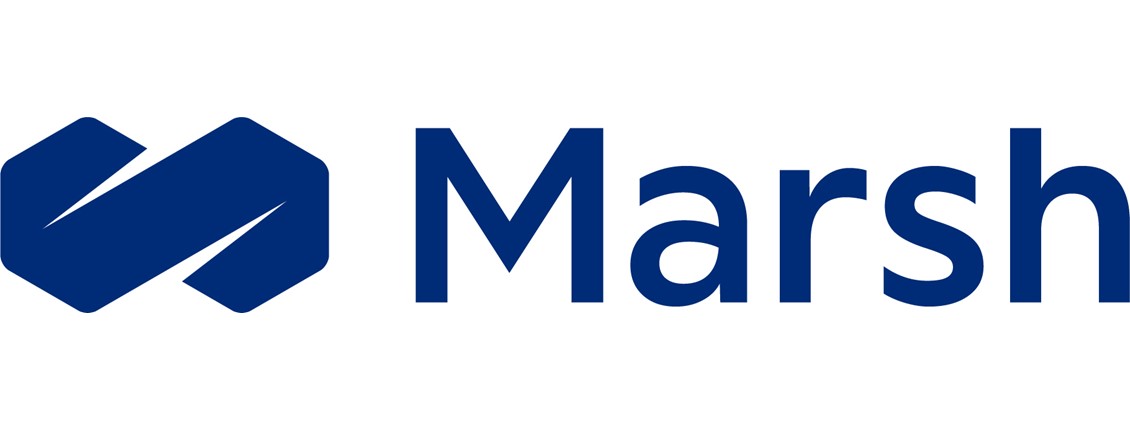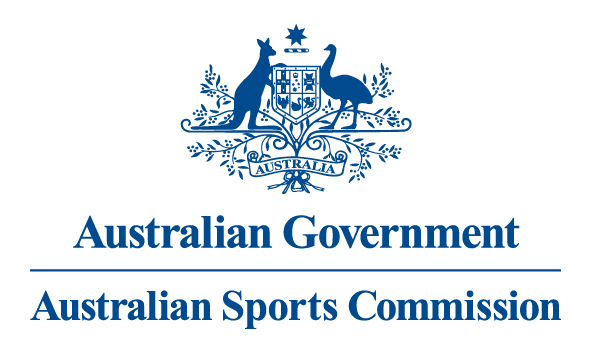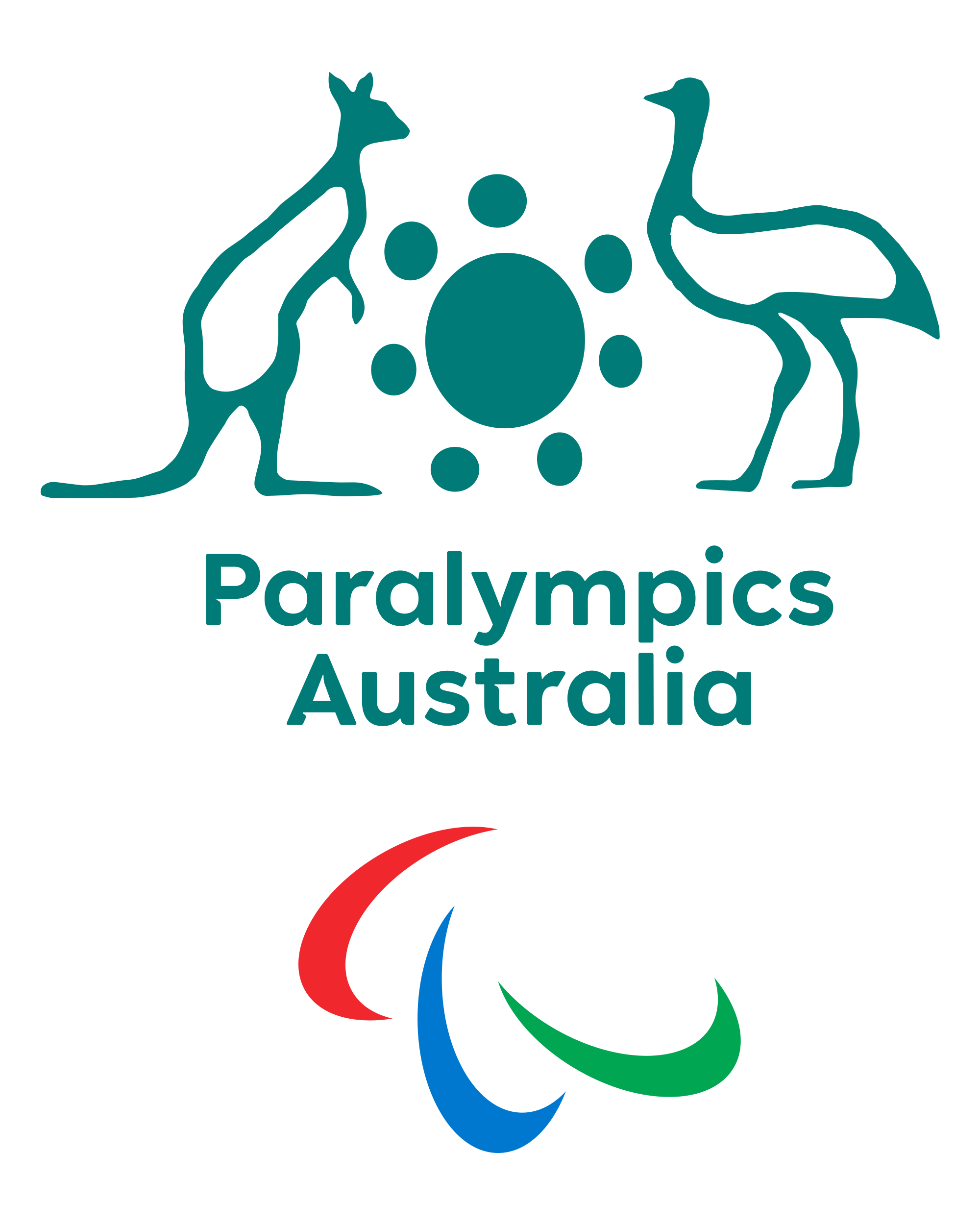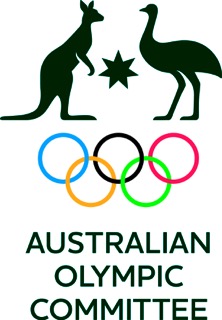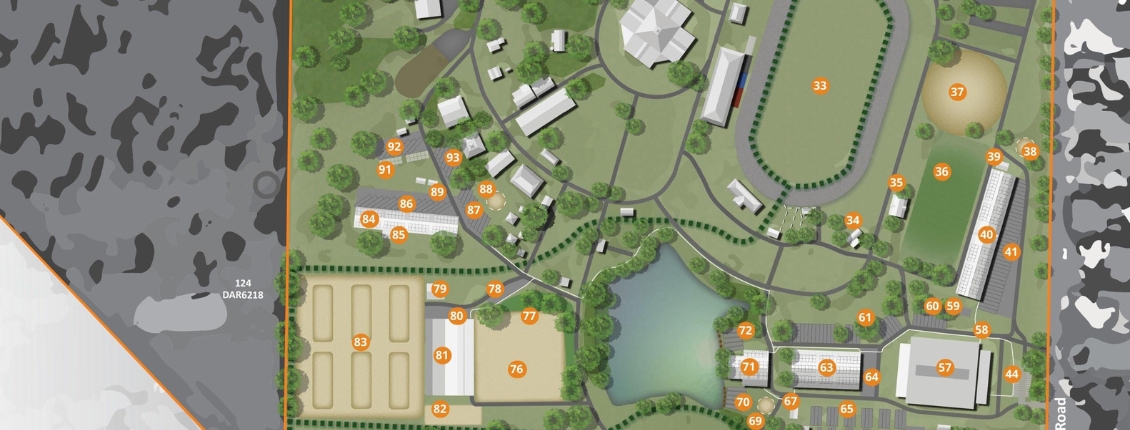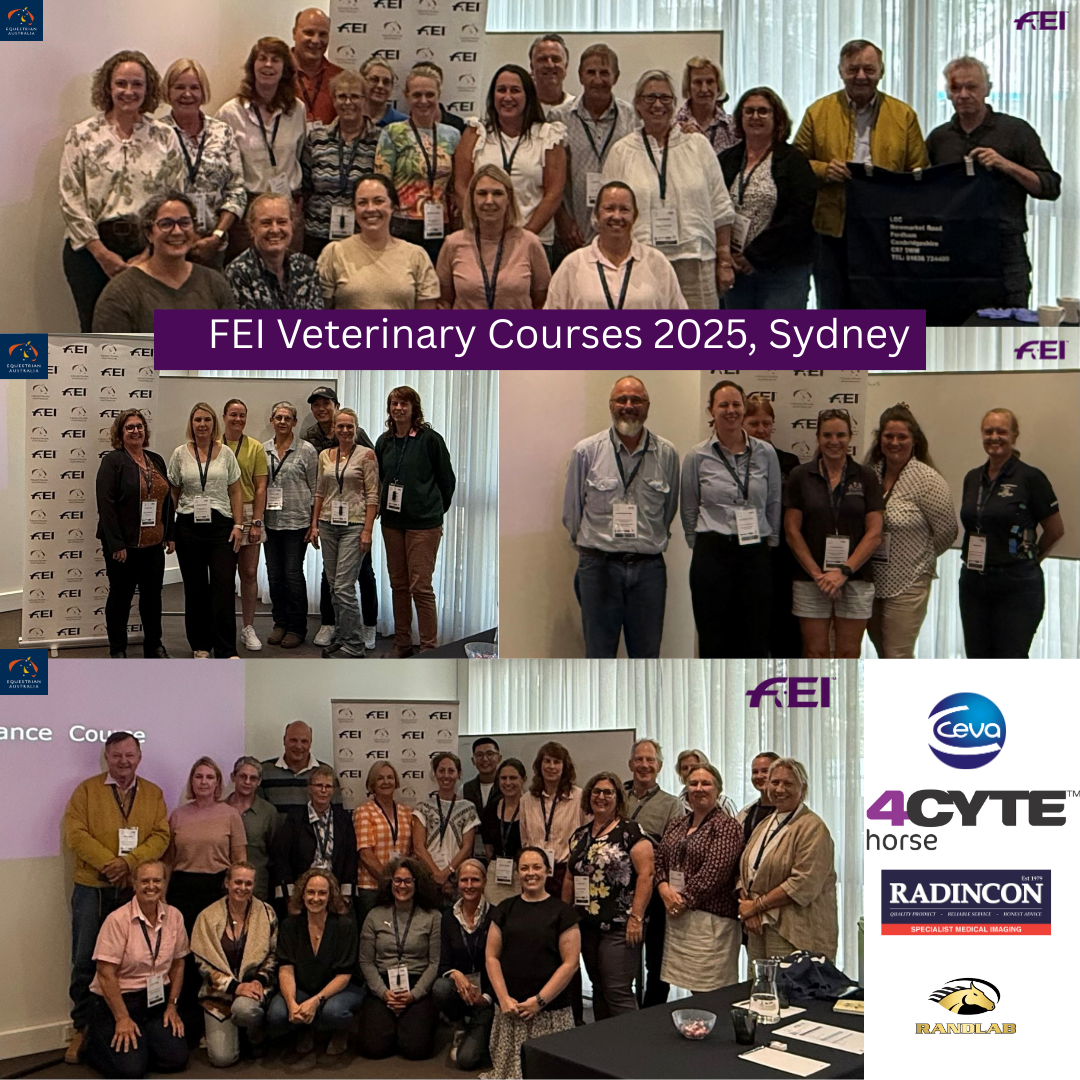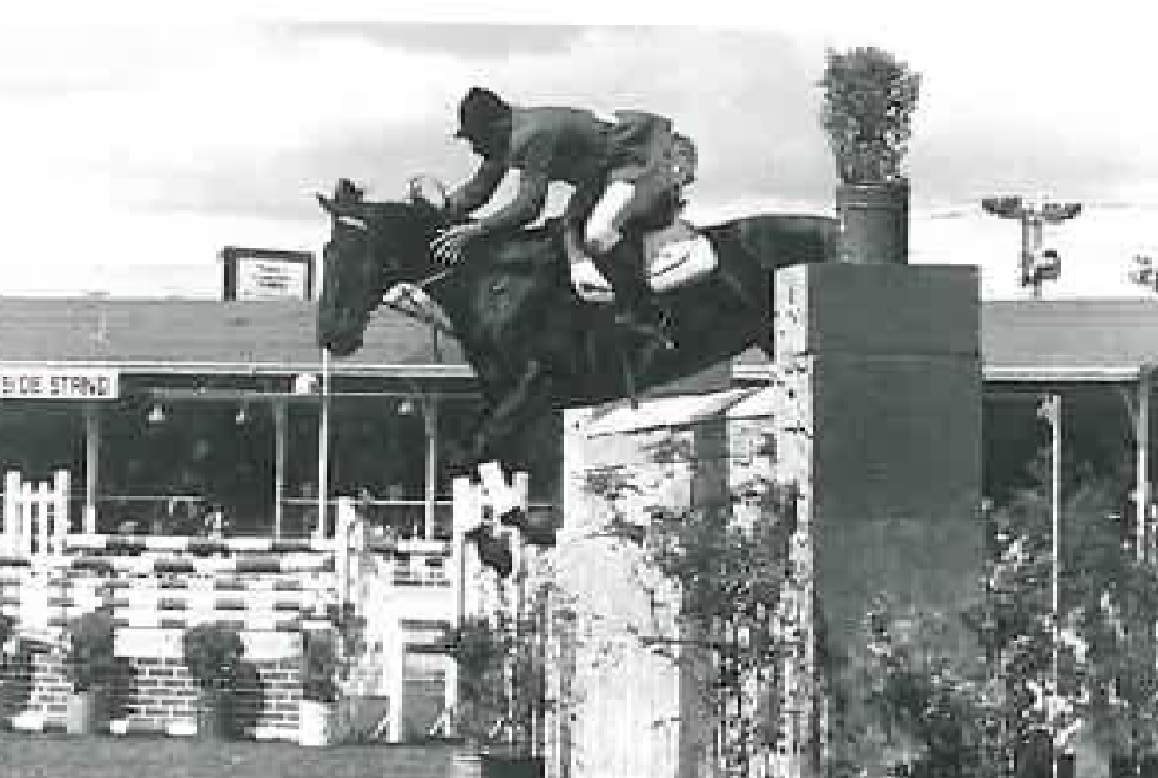
Most horses jump internationally for four or five years, but Chichester was in there mixingin it with the best of the for 12 years. He was loved by the public not only because he won so many top events but because of the obvious bond between him and Kevin.
“is it a bird? Is it a Plane? No it’s Kevin Bacon’ read the 2 inch banner headline in a New York newspaper in late 1968 after Kevin Bacon and Chichester had conquered the worlds best. Kevin had just become the leading rider at America’s most prestigious horse show in New York with his little black gelding Chichester who would become the cornerstone of his international success.
When Kevin had been on the lookout for a new horse he had noticed a promising black gelding named Destiny. A registered Australian stock horse he was by the imported thoroughbred sire Al Wassatt. Kevin was so impressed with the horse’s potential that he paid £2000 for him – at that time in Australia an unbelievable amount of money for a show jumper. Kevin renamed the gelding Chichester after the dam which holds the water supply for Dungog and Newcastle. The horse was purchased only 8 months prior to the 1968 Mexico City Olympics.
Chichester won two classes at the Sydney Show that year and although they were only in B grade he showed great promise. When he went on to win the NSW Jumping Championships at Bathurst a short time later he also gained selection in the Olympic training squad.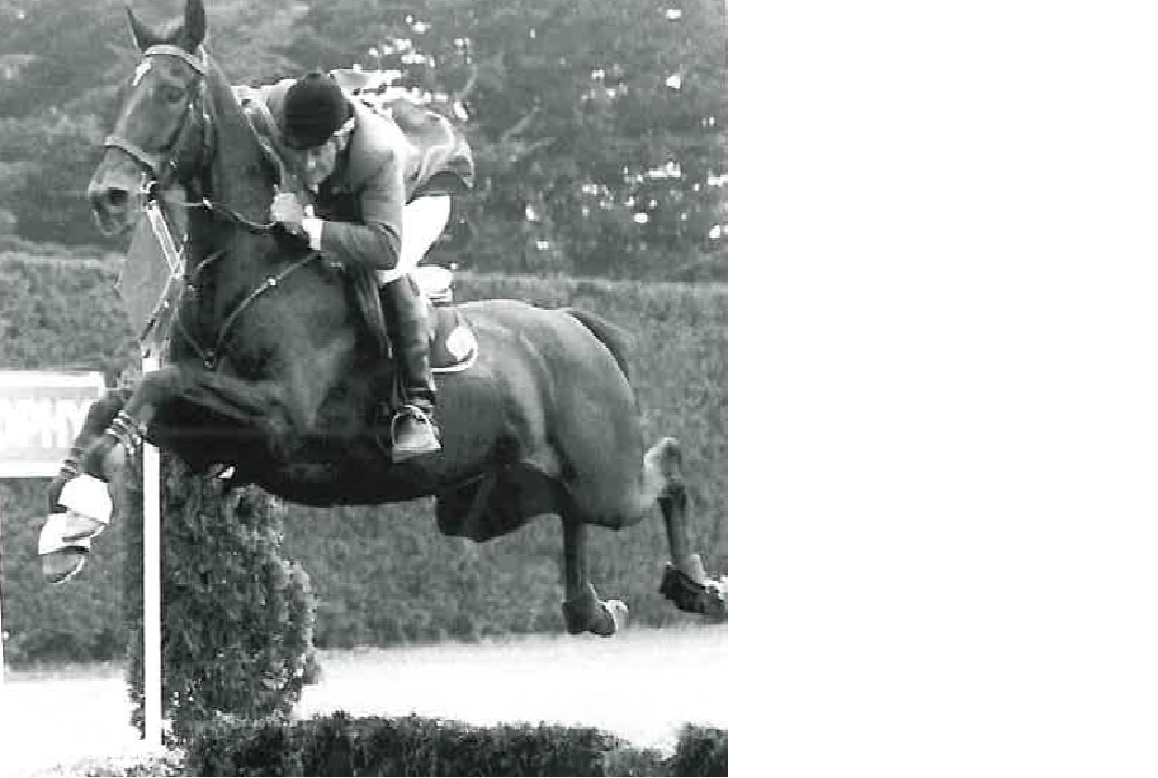
When Kevin’s top horse Simon was ruled out of contention for the Olympics after a vet check-up he turned to Chichester as he main contender for selection. It was a big ask of the black gelding who was still only a B grade jumper but all the ingredients were there and he seemed promising enough to be able to progress in time for the Games.
The 1968 Olympics were controversial and following prolonged rain the Mexican authorities had no option but to temporarily restrict the use of grass for jump training, only allowing grass training to be used for one hour every third day. There was also worries about Mexico City’s altitude above sea level with many riders claiming their horses had difficulty acclimatising to the think atmosphere.
In the lead up to the event to give Chichester experience Kevin schooled him 3 times a day. The intensive training paid off when in a pre-Olympics warm up competition Chichester placed third. When the great day dawned from their Olympic competition, Chichester was ready. In the first round Chichester gained four faults and was sitting in equal third position and was the only Australian horse to qualify for the final round. In the final round Chichester caught his leg on a top rail throwing his rider, Kevin remounted and they finished the round with 28.75 faults putting them in 18th position.
After the games the horses had to go to England for 6 months before returning to Australia due to quarantine restrictions. Chichester and Kevin went on to New York to compete in the prestigious United States National Horse Show at Maddison Square Garden. This was the first indoor competition or the combination and the first show under lights. In their dazzling debut they won the prestigious Democrat trophy.
Chichester at only 15.3 hands was pint-sized compared to the great of the jumping world he defeated in this competition. The next day headlines featured the reaction of New Yorkers to Chichester’s brilliance and they were swamped with publicity.
A few days later at the Pennslyvania National Trophy speed class, Chichester and Kevin were again successful beating the odds on favourite Kathy Kusner. Chichester was named the leading horse of the competition with a 2 point margin over the rest of the field.
The combination then moved to Europe to compete starting with the Berlin International Horse show where Chichester dominated with three firsts. Chichester developed a virus after this show which developed into pneumonia, Vets told Kevin there was little hope but never one to give up Kevin nursed him back to health. Only a few days later the horse, who had been on his death bed, won the Table A class at the Dortmund show.
Chichester’s profile was growing in England, he had two wins at Gloucester, Cornwall and also won the Accumulator States and an Area International. At the English Royal show he took out the Table A class and the Knightsbridge Cup. The came the European Championships at Hickstead and whilst the Australian’s were not eligible to compete as a team Chichester won the prestigious Wills Castello Stakes from the World famous Italian rider Raimondo d’inzeo.
In the period following the Olympics and before returning to Australia at the end of 1969 Chichester had won 24 competitions.
By the time the 1976 Montreal Olympics came around Kevin and Chichester were known as one of the fastes and most exciting combination in the country. Three week prior to the Games at a lead up event Kevin and Chichester became the first foreigner to capture the Rothman’s Grand Prix from a field of 35 International riders.
In the lead up to the Games Chichester developed a virus which affected his preparation, though only mild the virus affected his performance and they were eliminated in the first round of competition.
The bond between the horse and his rider was notable; sometimes when they won an event Kevin would enter the ring minus Chichester and hide behind an obstacle. He would then whistle and Chichester would come into the ring and look for him.
Chichester was one of the most respected jumpers in Europe but at the age of 21 he had earned his retirement. The quote to fly the horse back to Australia was $6,000 which Kevin could not afford and when he was approached by Germany’s greatest dressage rider Dr Joseph Neckerman to buy Chichester and provide him a home for life. Kevin was touched but then received a letter from the EFA offering to pay the costs to bring the horse home.
Chichester ended his career in 1980 where it had all began, the Maitland Show. He died in 1988 at the age of 29.

